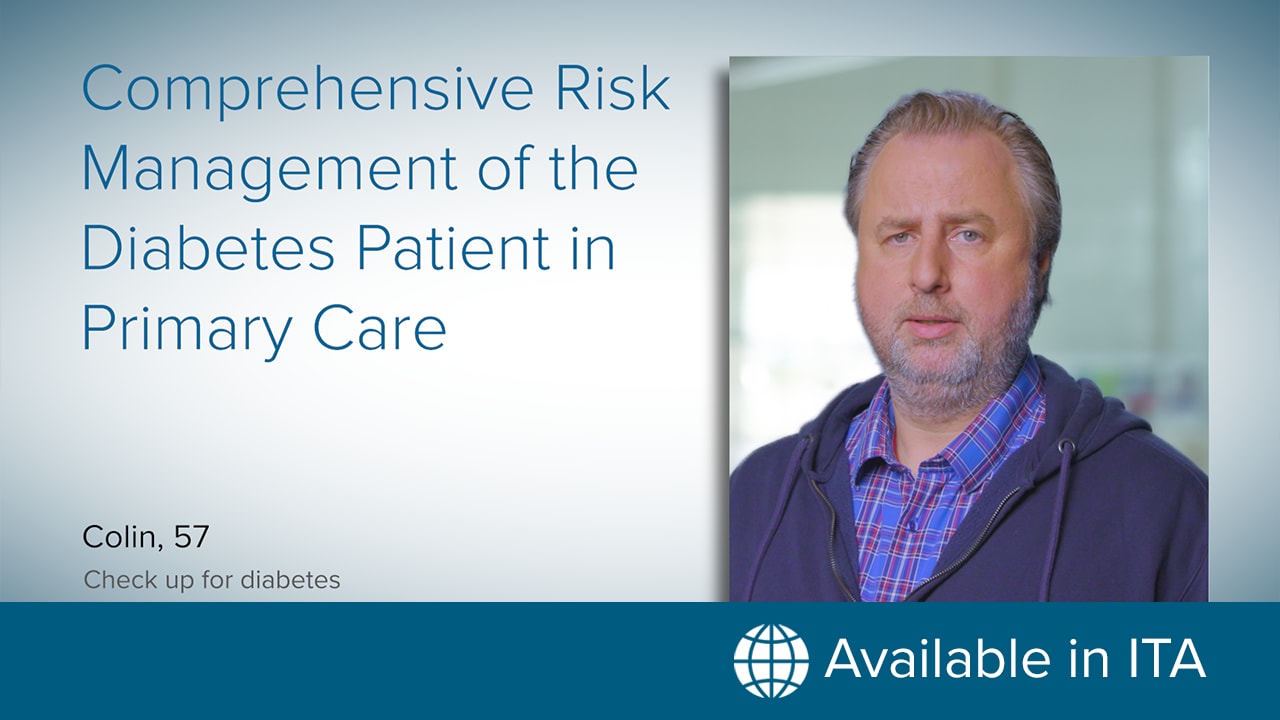Abstract and Introduction
Abstract
Introduction: Identifying a bioindicator of healing capacity would be beneficial in guiding treatment of and reducing morbidity in patients with DFU. Hypoalbuminemia is a well-established risk factor for amputation and, thus, a promising candidate.
Objective: This study was conducted to examine whether albumin values over a 12-week treatment course for DFU correlated with ulcer size and outcomes.
Materials and Methods: A retrospective review was conducted of 793 patients who presented to the Atrium Health Wake Forest Baptist Wound Care and Hyperbaric Center between 2010 and 2022. Sixty-two patients met the inclusion criteria. Albumin values and wound size data were collected monthly over a 12-week treatment course.
Results: Initial albumin values were not significantly different between patients healed by 12 weeks compared with nonhealed patients. Healed proportion and average initial ulcer size in patients with at least 1 hypoalbuminemia value (<3.0 g/dL) were not significantly different from those in patients with normal albumin levels. Patients who trended from normoalbuminemia to hypoalbuminemia displayed significantly increased wound sizes compared to patients with albumin changes within the normal range (0.04 cm2 and −1.17 cm2, respectively; P < .05). Monthly changes in albumin correlated poorly with wound healing (r = 0.144, P = .240), and large negative albumin trends (>0.5 g/dL per month) did not correlate with increased wound sizes compared with stable or positive trends.
Conclusion: Albumin's utility as a bioindicator of short-term healing capability is limited to below-normal values.
Introduction
DFUs are a significant source of morbidity in patients with diabetes and are a major cause of leg amputations in the developed world.[1–5] Among patients who undergo lower extremity amputation owing to complications of DFU, the 5-year mortality rate is 46.2% for minor amputation and 56.6% for major amputation.[6] It is estimated that only half of DFUs heal within 1 year in the United States,[7] and amputation often is necessary to prevent life-threatening infection. Prediction of DFU outcomes helps optimize management strategies. Several biomarkers, including albumin, Hb, HbA1C, C-reactive protein level, erythrocyte sedimentation rate, and white blood cell count, have been shown to correlate with long-term outcomes in patients with DFU, but there is a paucity of literature examining the short-term predictive value of trends in these markers.[2,8–14]
The current study aims to add increased temporal acuity to the connection between albumin level and ulcer status to help clinicians better estimate treatment success over the course of care. The authors hypothesized that lower albumin levels at presentation would correlate with worse outcomes at 12 weeks of treatment. It was also hypothesized that negative albumin level trends would correlate with worse healing (defined by increasing ulcer size) compared with stable or improving albumin level trends.
Wounds. 2023;35(6):E193-E196. © 2023 HMP Communications, LLC











